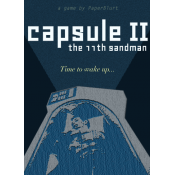This is the fourth article in the Back to the Future theme week series.
Welcome to the future!

In the movie Back to the Future Part II (1989) the protagonists travel to the future, to the distant date October 21, 2015. That day is today, so we'll have a look at what parser interactive fiction looks like — and could look like — in this futuristic year of 2015.
Let's start by establishing the baseline. The grand illusion is that an average parser IF story looks like this.

Not a parser story structure. [source]
This recent document from One More Story Games categorizes interactive story flows. To which category does an average parser IF story fall? It's not what the document says it is.
An average parser IF story flow looks something like this.
Contrary to the popular belief the traditional story structure of parser IF is strictly linear. The gameplay is more often than not a linear stream of puzzles leading to one conclusion. In other words, the story in each playthrough is more or less identical regardless of what actions you take during the game. You might have the choice to solve some puzzles in any order, or choose which order to talk to NPCs, or uncover pieces of the backstory at your own pace, but the number of meaningful choices is almost always effectively zero.
I know this is blasphemous, but to quote an unrelated movie: search your feelings, you know it to be true.
The illusion of free choice is created by the geography. Note that the PDF linked above has fallen into this same trap. It puts IF into a "connected map" category on page 2, but it's conflating story and world geography which are completely different things. Moving around in the game world doesn't count as a story. This bears repeating: open game world does not equal branching narrative.
That is not to say that all parser IF is linear, but there are only a handful of exceptions. It is on one hand a little bit surprising, considering the impact of Galatea (2000), and on the other not at all surprising, considering the amount of work needed to pull it off and the lack of tools designed for that specific purpose.
This is not criticism. Branching narrative is not and should not be a value by itself. But let's not fool ourselves by pretending that parser games are the shining paragon of branching narrative.
What are parser IF's strengths then? Here's a few:
- World exploration
- Storytelling
- Adventure game puzzles
- Wordplay
By adventure game puzzles I mean the standard use-thing-on-other-thing puzzles, which are pretty much fully explored by now. There might be something new to discover, but mostly everything is a variation of things already seen hundreds of times.
To me world exploration is still the main selling point of IF, and the world model is where I see biggest potential going forward.
Sandbox worlds
After that rather lengthy introduction, let's take a look at another kind of map.

Partial map of Zork I. [source]
This resembles the earlier storybook structure quite a lot. The difference is that it depicts a physical map of a parser game's geography instead of its story structure.
If we lay out a linear plot on top of the spatial map, it might look something like this (imaginary example):

The red dots are story events placed on the locations where they happen. The story world exists only to support the plot, or to serve as a setting for the puzzles. And there's nothing wrong with that – story comes first. But what if we turned the setup the other way around?
Here's the story structure of AAA sandbox games like Grand Theft Auto:

Sandbox story flow. [source]
There's a central storyline, and side missions sprinkled around the map that are unlocked as you progress in the game. Once the side missions become available you can complete them in any order.
Parser IF already has the geography of a sandbox world, so why not take advantage of the fact? Instead of building the world to support the story, we could make the world the primary focus. Now the plot becomes a string of interconnected, self-contained "missions".
This requires some additional work, but also has a payoff. It would also require stepping away from the strict expectations of realism in IF, the same way that GTA and other sandbox games are often somewhat unrealistic: after failing a mission the game world resets and lets you retry as many times as you want, for example.
Crowdsourced content
One largely untapped potential is shared worlds. There are some shared settings like the Andromeda series, Flexible Survival and Kerkerkruip. Andromeda is a series of games written by different authors sharing the same setting. Flexible Survival and Kerkerkruip are single games written and continuously expanded by multiple people. Flexible Survival is especially an impressive result and by far the largest parser game ever made, but sadly a pornographic furry game is unlikely to ever get mainstream recognition no matter what its technical achievements are.
What I'm envisioning is a multiplayer setting like Guncho but with a common world and developer tools built into the environment. It would also help with the content creation problem.
In a shared environment the players could make content as they're playing by filling in the blanks that have not yet been completed, or creating their own spaces inside the shared world. MUDs offer this kind of functionality but they often lack the kind of direction I'm looking for: letting everyone do whatever they want will usually create a mishmash of varying quality. There would have to be some kind of editorial role that would maintain integrity and quality.
This is something that has seen some implementations (mainly on the MUD front) but they lack the final touch that would make it actually work outside niche environments.
Alternative interfaces and genre hybrids
What is the key feature of parse IF? For some it might be the parser itself, but to me it's the world model. If we left everything else as is but changed the user interface to something else, I think it could work just as well. In the current mobile-dominated landscape there's pressure to move away from typing primarily because it is a significantly inconvenient mode of interaction in touchscreen devices, and secondarily because the parser is generally considered having a steep learning curve for newcomers.
The current alternatives, mainly turning parts of story text into clickable hyperlinks, with or without context menus that appear on click (for example, clicking on the word "door" opens up a menu with verbs "open", "close", "unlock" and so on), haven't been very successful. I don't have an immediate suggestion as to what would be a working alternative, but I'm sure there's something that could be made to work. More experimentation is needed.
Taking the alternative interface idea even further, parser IF would have a lot to offer to other gaming genres. What parser IF really does well is the world model. Using an IF engine to power a non-IF game could create a spectacularly deep game worlds. Even a graphical adventure game using an IF engine under the hood could be worth trying.


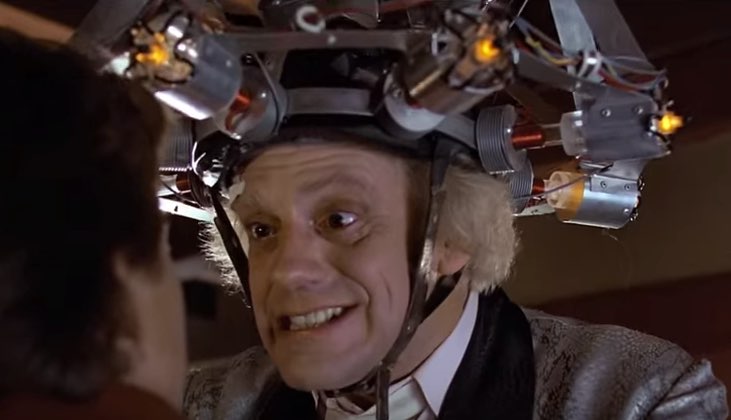
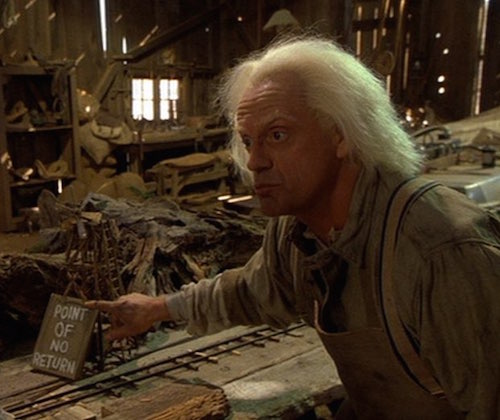

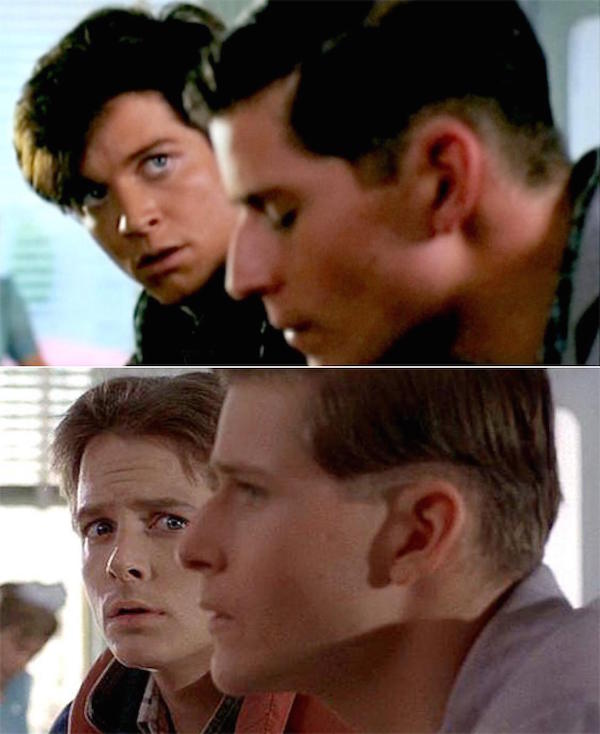
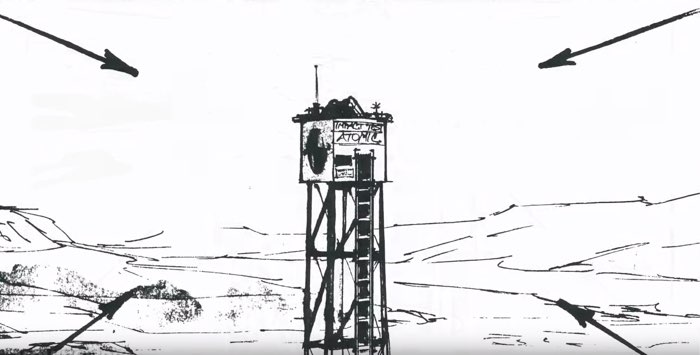

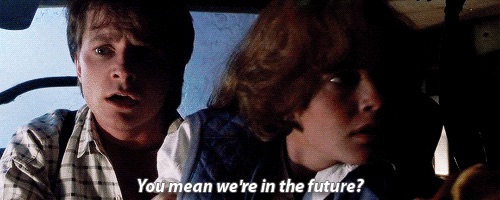

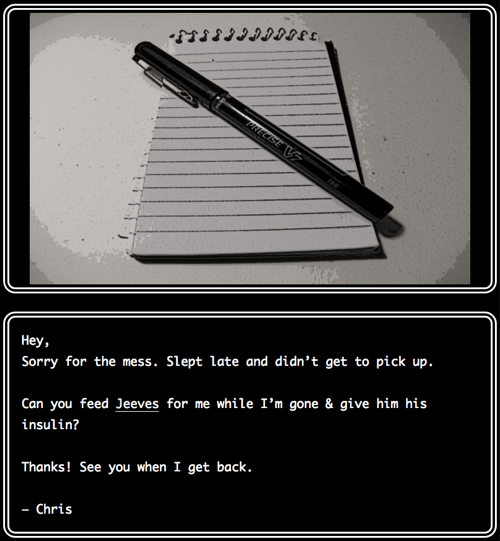
 Birdland
Birdland Forever Meow
Forever Meow The Problems Compound
The Problems Compound